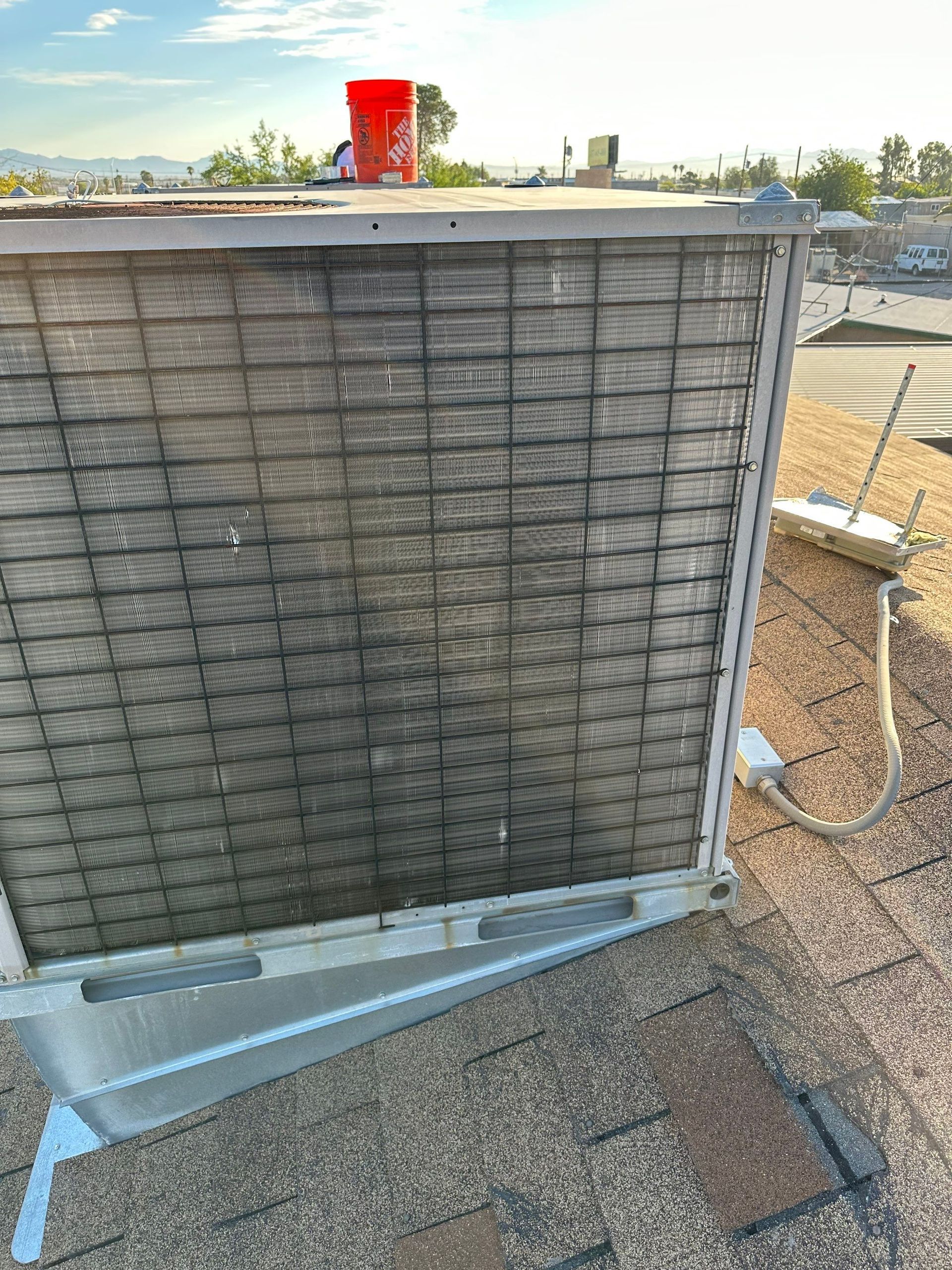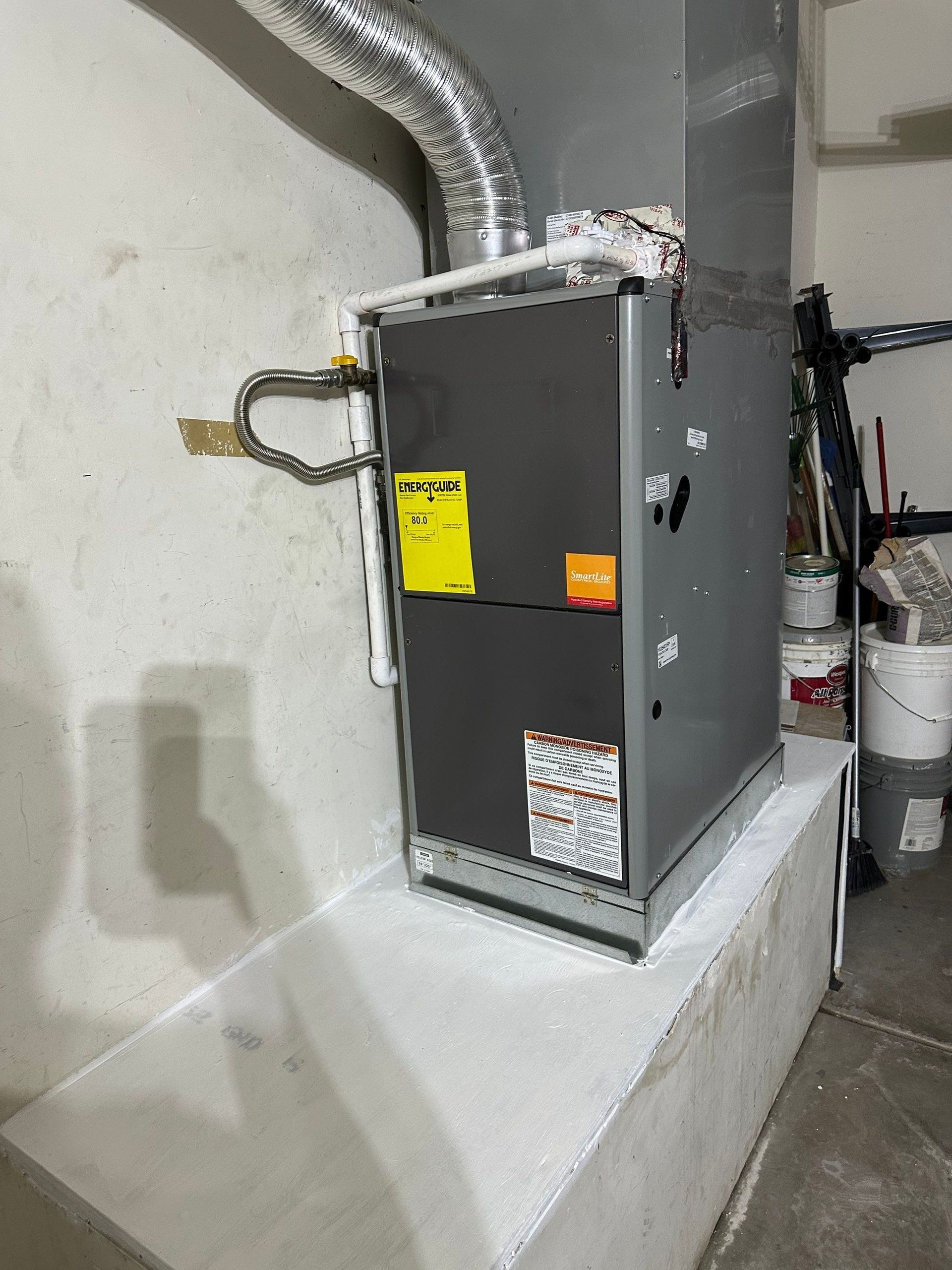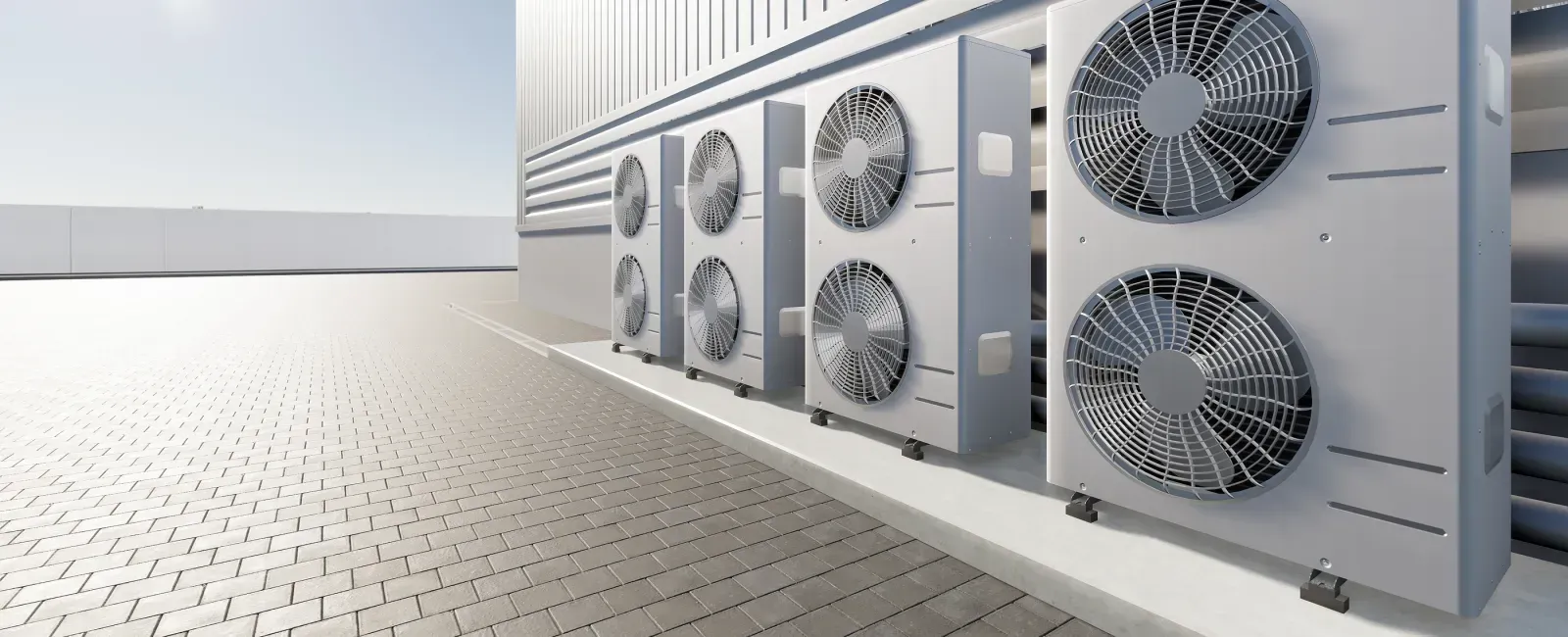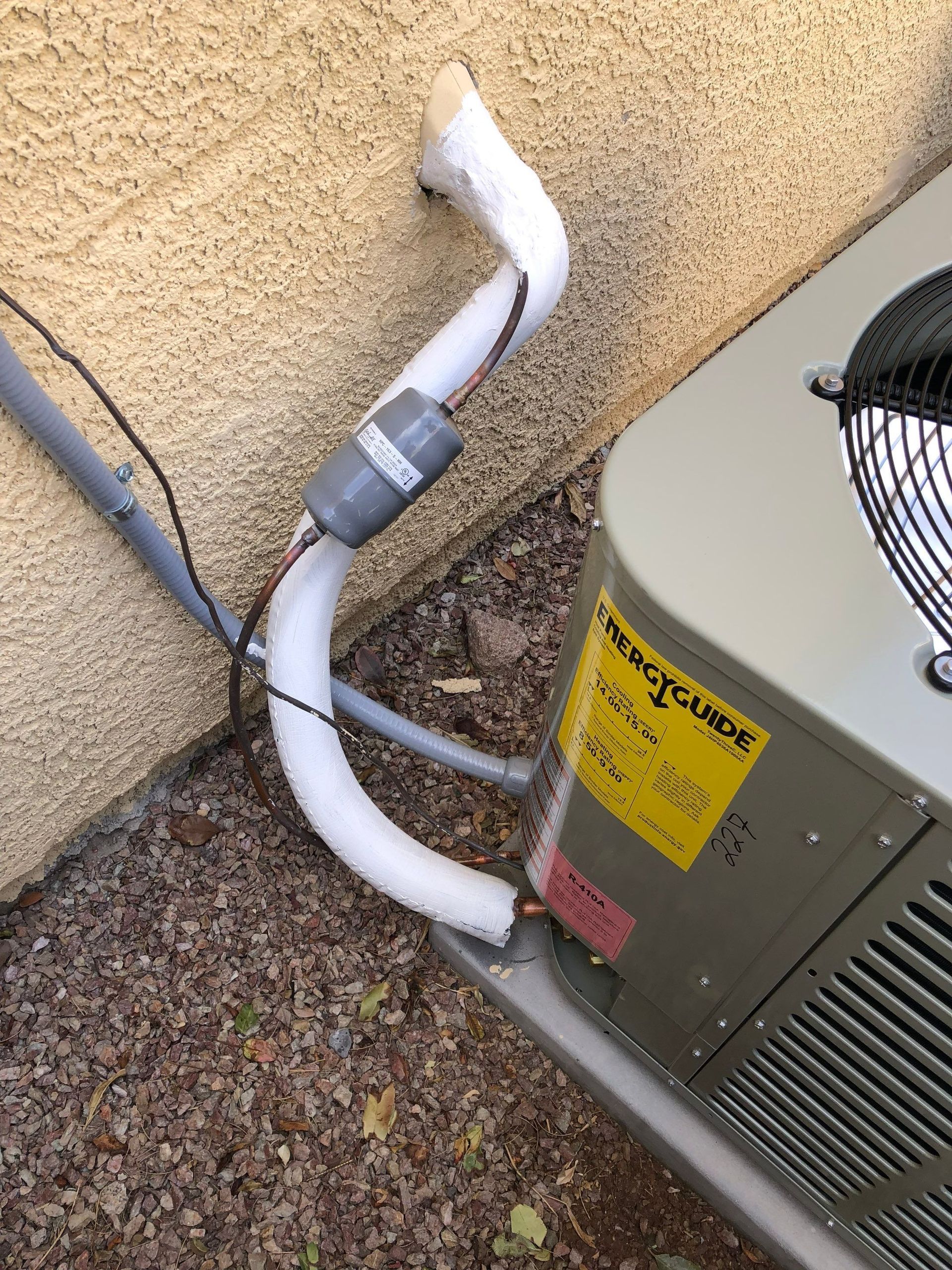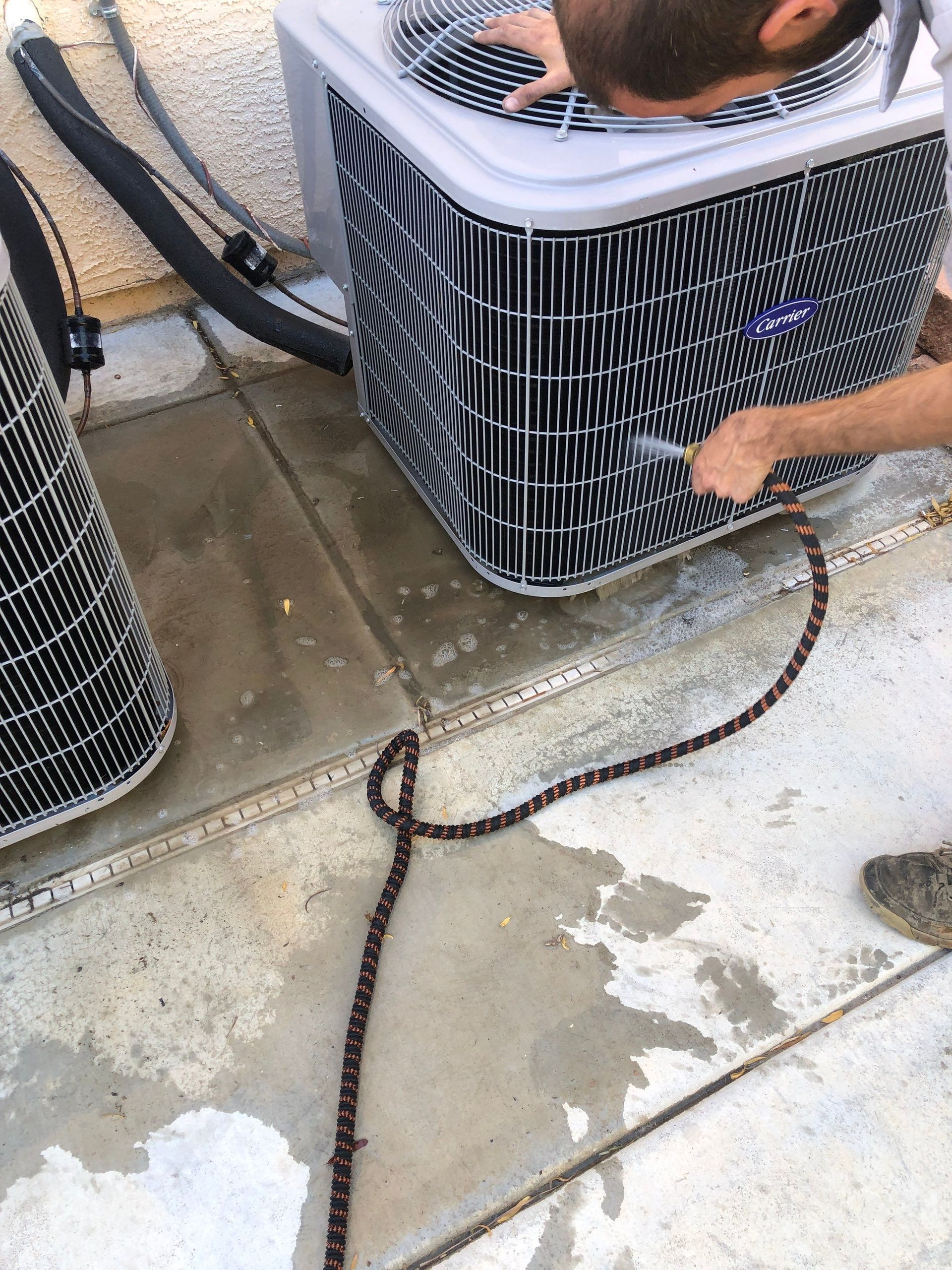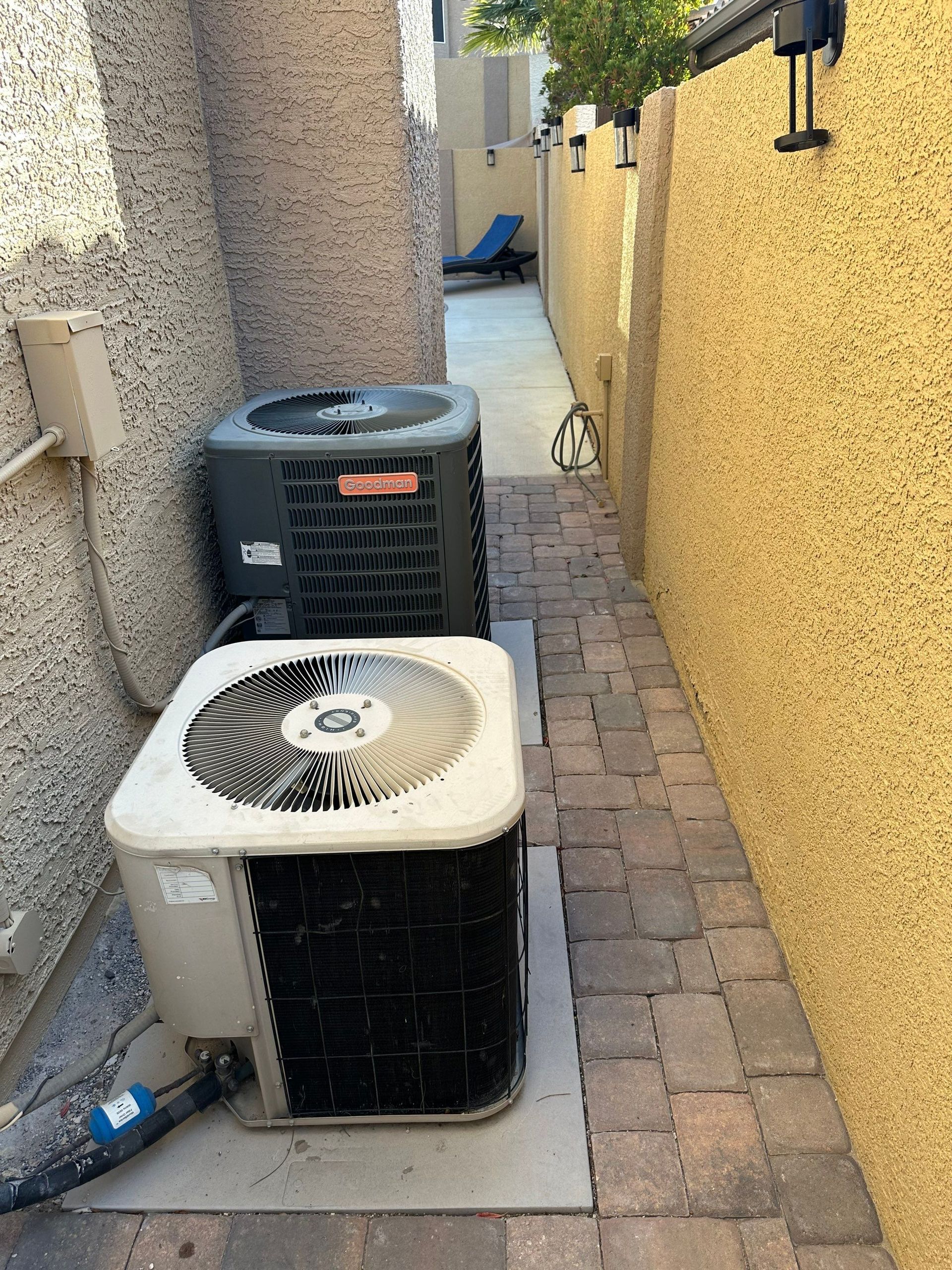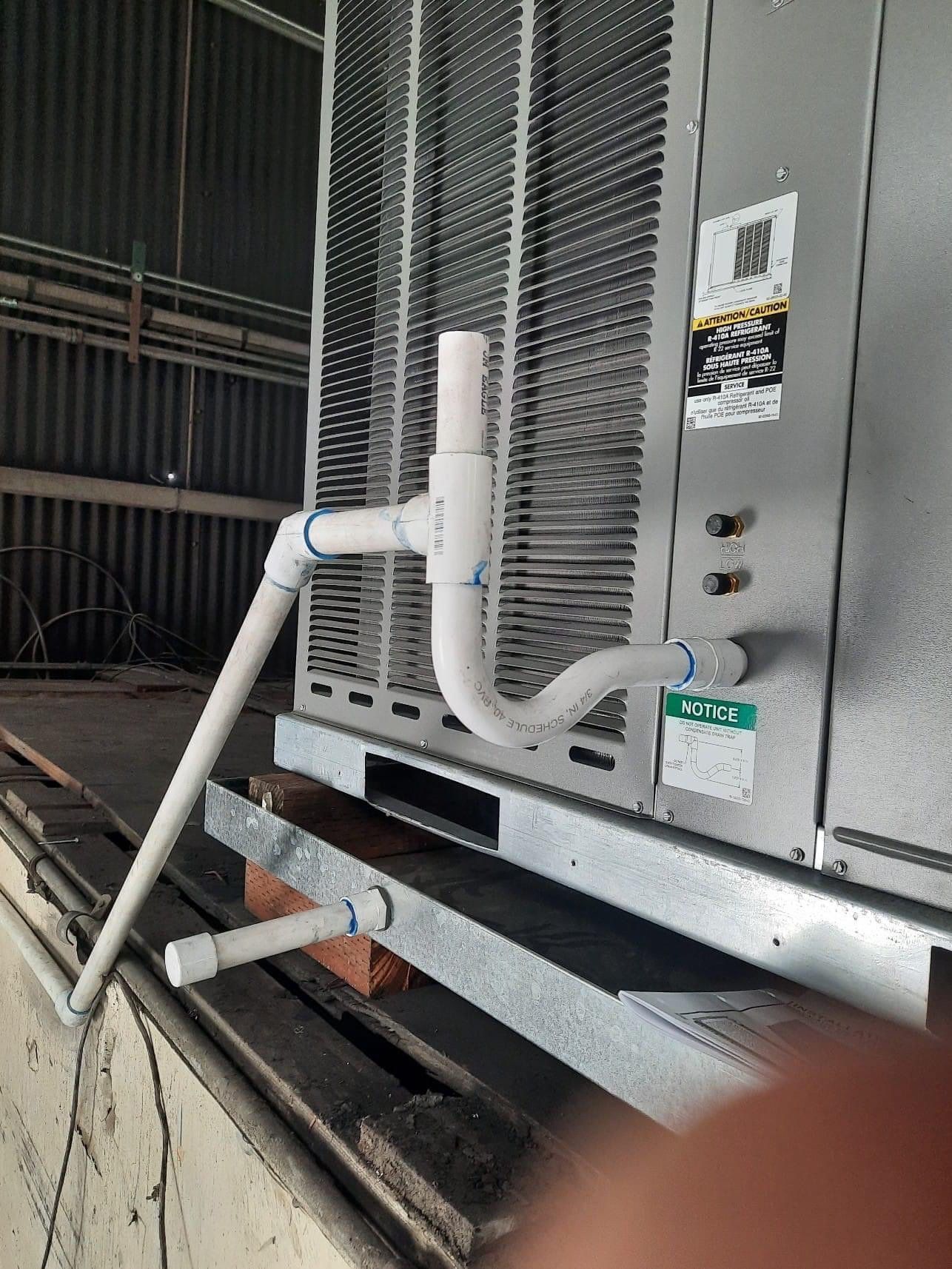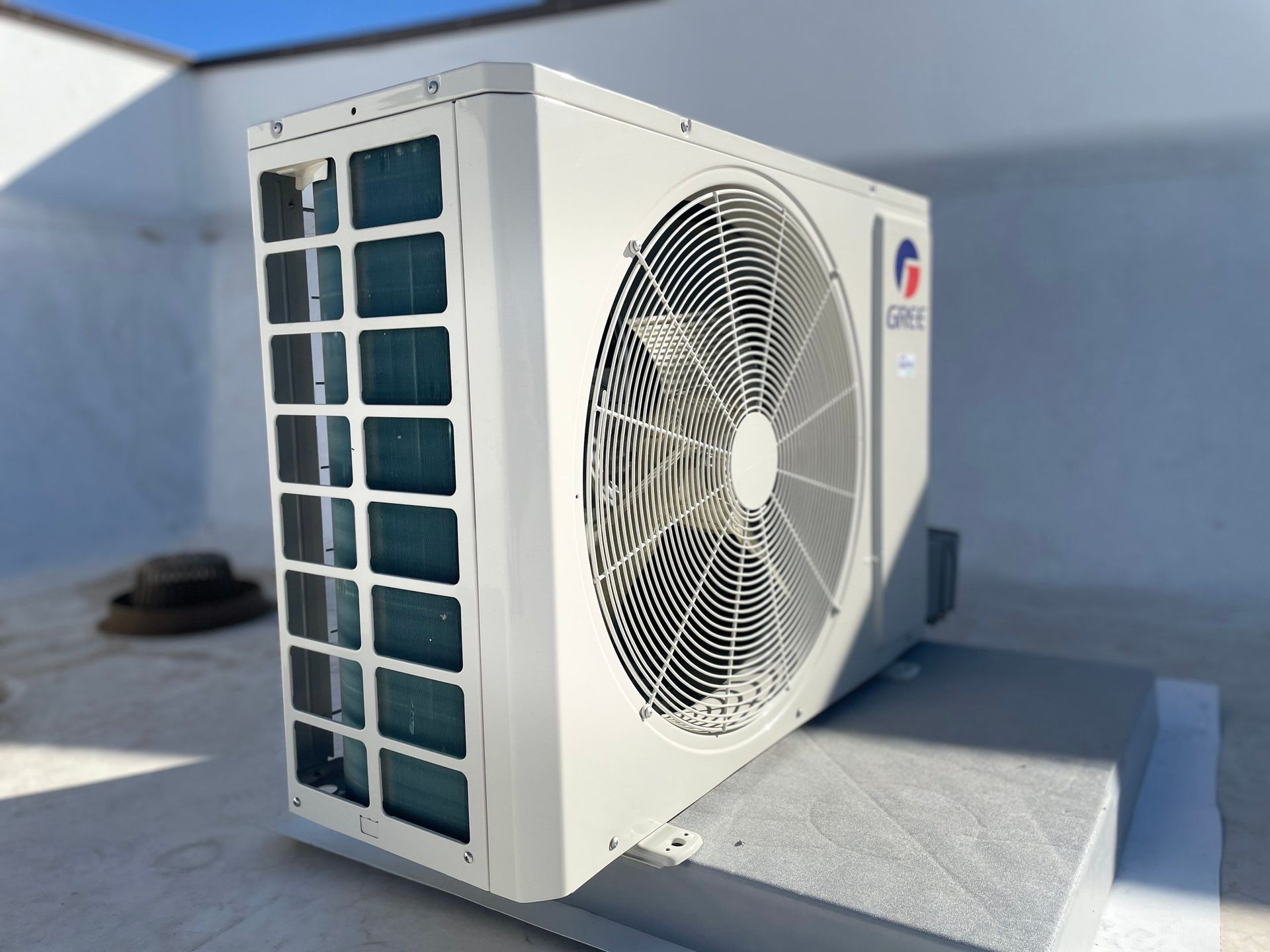How to Diagnose a Failed Condenser Fan Motor
When your air conditioner isn’t cooling like it should, frustration kicks in fast. You’re hot, uncomfortable, and wondering what’s wrong. One common culprit? A failed condenser fan motor. This little motor plays a big role in your AC system—it helps expel heat from the refrigerant, allowing the system to cool your home efficiently.
If it stops working, your AC won’t be able to do its job, and you’re left sweating it out. But how do you know if the condenser fan motor is to blame? Let’s break it down step by step.
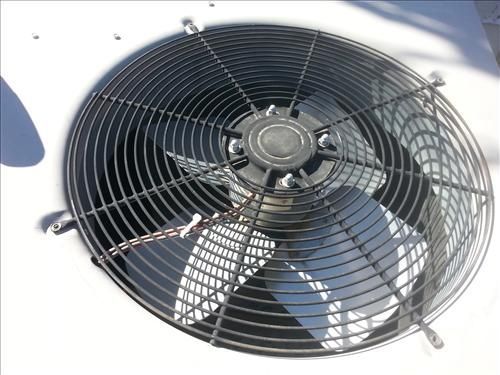
Step 1: Is Your AC Acting Up? Check the Basics
Start with what you can see and hear. Is your AC running but only blowing warm air? Is the outdoor fan spinning? Strange buzzing or humming noises? These are all red flags pointing to the condenser fan motor.
If the fan blades aren’t spinning—or they’re moving sluggishly—there’s a good chance the motor is struggling.
Step 2: Turn Off the Power and Take a Look
Safety first! Before poking around, cut the power to your AC at the breaker. Once it’s off, head to the outdoor unit and inspect the fan blades.
Are the blades clogged with dirt or debris? Sometimes, leaves or small twigs can jam the fan, stopping it from spinning. If the blades are free and clear but still don’t turn easily when nudged, the motor might be stuck or the bearings could be worn out.
Step 3: Test the Capacitor
Now, we’re getting a little more technical, but stay with me—it’s not as complicated as it sounds. The capacitor is a small device that helps start and run the fan motor. If it fails, the motor won’t have the juice to start spinning.
You’ll need a multimeter to test the capacitor. With the power still off, disconnect the capacitor and use the multimeter to check if it’s holding a charge. If the reading is outside the recommended range, the capacitor is the problem. Good news: replacing a capacitor is usually quick and affordable.
Step 4: Look at the Wiring
Sometimes, the issue isn’t the motor or the capacitor—it’s the wiring. Loose connections, frayed wires, or corrosion can interrupt the flow of electricity.
Check the wires connected to the condenser fan motor and capacitor. If you notice anything out of place—like burnt wires or disconnected terminals—you’ve likely found the problem. Fixing this might involve tightening connections or replacing damaged wires. If you’re not comfortable dealing with electrical parts, it’s best to call in a pro for this one.
Step 5: Test the Motor Itself
If the capacitor is fine and the wiring looks good, it’s time to test the motor. A multimeter will tell you whether the motor is still functional. Set the multimeter to measure resistance and test the motor’s terminals.
No resistance (an open circuit) means the motor is dead. You might also notice physical signs of failure, like a burnt smell or discoloration. If the motor is overheating or showing visible damage, it’s likely time for a replacement.
Step 6: Think About Your AC’s Age
If your AC is 10-15 years old, a failed fan motor could be a sign of more issues to come. Older systems are less efficient and tend to break down more frequently. Replacing the motor might get you through this season, but you might want to start thinking about upgrading your system in the near future.
When to Call for Backup
While some steps, like clearing debris or checking fan blades, are homeowner-friendly, others require technical skills. If you’re unsure about testing electrical components or replacing parts, don’t hesitate to call an HVAC technician. They’ll get to the root of the problem and have your system up and running in no time.
Prevent Problems Before They Start
The best way to avoid a failed condenser fan motor is regular maintenance. Clean the outdoor unit regularly to keep dirt and debris from building up. Replace your air filters to ensure proper airflow, and schedule an annual HVAC tune-up to catch small issues before they turn into big problems.
Diagnosing a failed condenser fan motor doesn’t have to be overwhelming. Start simple—look for signs of trouble, inspect the blades, and check the capacitor. If the motor itself is the problem, it’s time for a replacement. And if you’re not sure what’s wrong, a professional technician can step in to save the day.
The bottom line? A little troubleshooting goes a long way in keeping your AC running when you need it most. With a bit of effort—or help—you can stay cool and comfortable all summer long.
Ready to work with 32 Degrees Heating and Air Conditioning?
Let's connect! We’re here to help. Send us a message and we’ll be in touch. Or give us a call today at 725-720-2912
Agency Contact Form
Our Blogs...
32 Degrees HVAC Solutions
